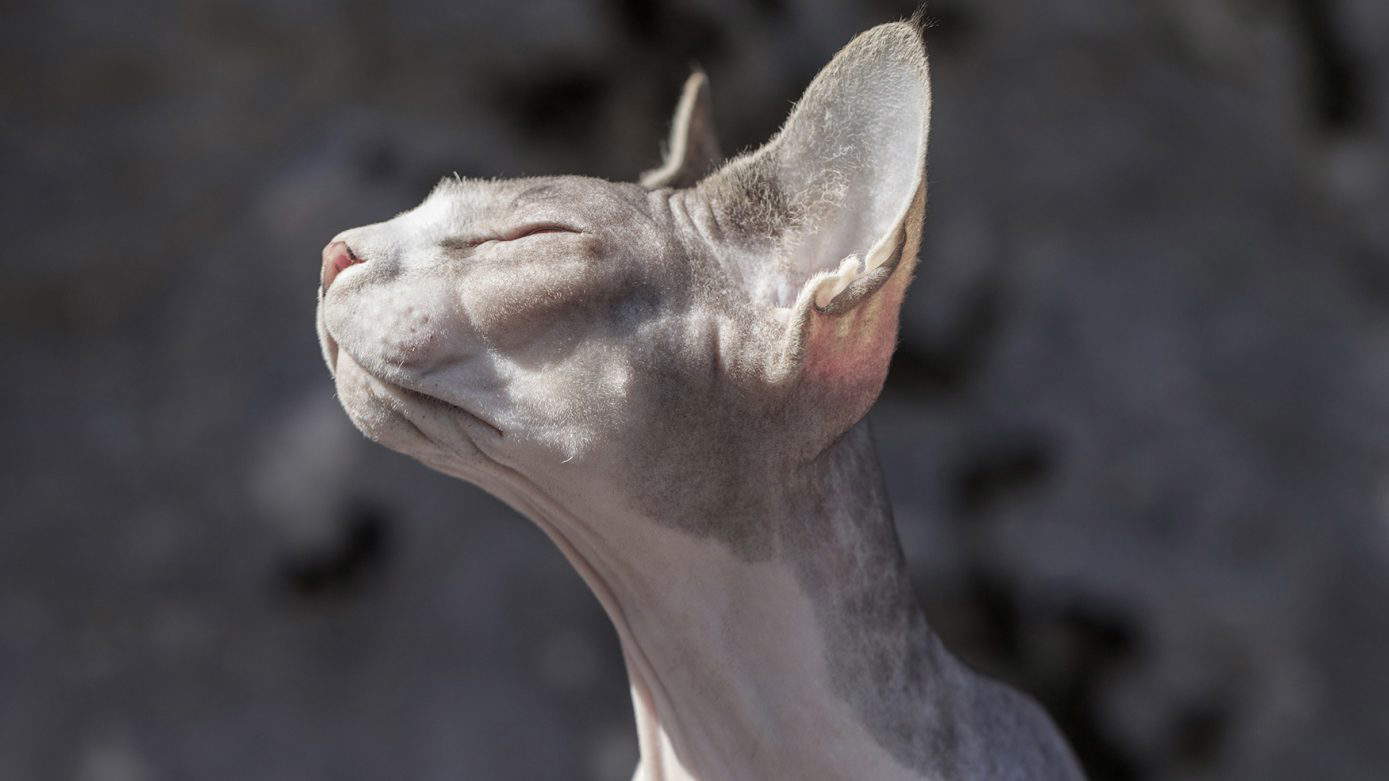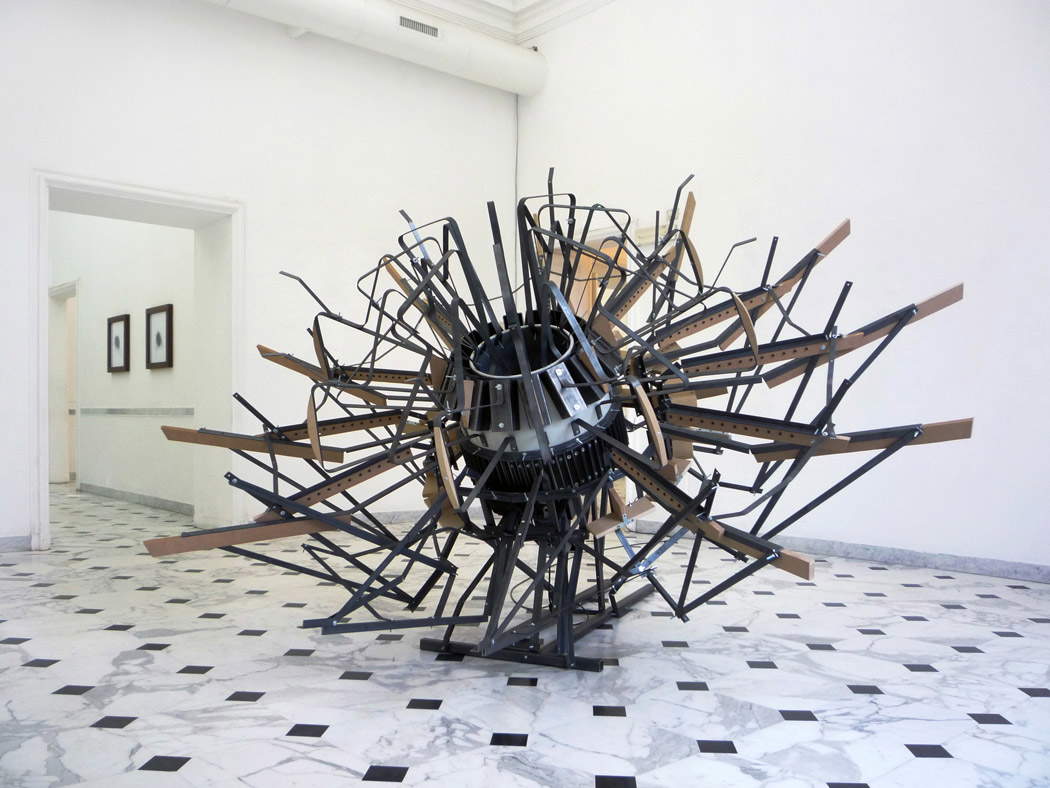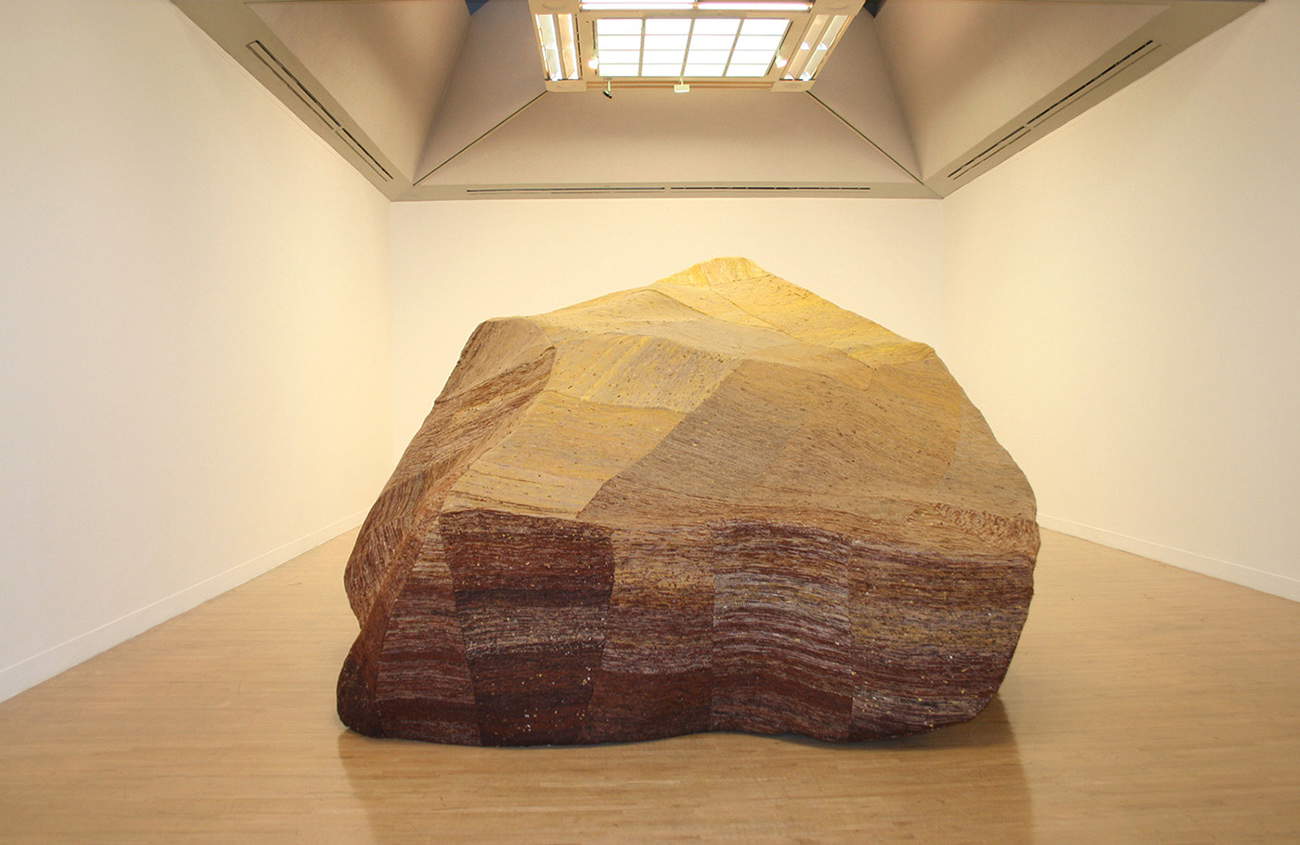The new artists? They are antennae of the contemporary. The 20 most interesting young people
I am happy to read the results of Art Basel’s survey, which confirms an orientation toward interest in young artists in my view perceptible with increasing evidence even simply by walking around a fair or frequenting commercial galleries or scrolling through the programming of various museums. Although a resistant foreignophilia and a natural predisposition to privilege the “already known or historicized” are still well entrenched in many areas of cultural production, accomplices of the pandemic and numerous fruitful initiatives in this regard (calls, residencies, festivals), there is a growing attention and openness toward emerging artists.
The new artists are antennae of contemporaneity, they do not necessarily come from an academic, linear or canonical path and are predominantly nomads, open to experiences of study and training in contexts even very distant from them. They make the collective a possible new expressive development and a way of working by developing a contamination between knowledge, backgrounds and disciplines. Alongside an investigation and an attempt to develop the canonical media of art, they do not disdain the experimentation of new languages even apparently far from artistic practice and study and re-propose processes proper to other spheres of production and research.
With their works they analyze the peculiar themes of their contemporaneity that we could summarize in four main points: the processes of de-colonization, the breaking down of ethnic diversity, the struggle for gender equality, environmental issues and ecological sustainability; to which a fifth one is being added, which is increasingly present: accessibility understood as the fight against poverty and the need to limit income discrimination.
I believe that a young artist, in order to emerge, must be aware of moving on this terrain, of having to find a way to be able to interpret it with his or her own unique language and, why not, to anticipate what will be the next themes of contemporaneity.
It is very difficult to make a list of under40 artists who have emerged in Italy and abroad, there are so many names and just thinking about them brings many to mind. I try to point out the top 10 Italians and the top 10 foreigners that come to mind, among those with whom I have recently had the opportunity to work, those who are having success between the market and major exhibitions, and others who can respond to this description of “research urgency.” Among the Italians Diego Marcon (Busto Arsizio, Milan 1985. Lives and works in Milan), Giulia Cenci (Cortona, Arezzo, 1988. Lives and works in Cortona), Benni Bosetto (Milan, 1987. Lives and works in Milan), Valentina Furian (Venice, 1989. Lives and works in Milan), Ludovica Carbotta (Turin, 1982. Lives and works in Barcelona), Beatrice Favaretto (Venice 1992. Lives and works in Milan), Tomaso De Luca (Verona, 1988. Lives and works in Rome), Eleonora Luccarini (Bologna, 1993. Lives and works in Bologna), Alberto Tadiello (Montecchio Maggiore, Vicenza, 1983. Lives and works in Vicenza), Alice Visentin (Ciriè, Turin, 1993. Lives and works in Turin). Among the foreigners Agnes Scherer (Lohr am Main, Germany, 1985. Lives and works in Düsseldorf), Dominique White (London, 1993. Lives and works in Marseille), Alex Ayed (Strasbourg, 1989. Lives and works in Brussels, Paris and Tunis), Miao Ying (Shanghai, 1989. Lives and works in New York), Pedro Neves Marques (Lisbon, 1986. Lives and works in Lisbon), Bianca Baldi (Johannesburg, 1985. Lives and works in Brussels), Alexandra Pirici (Bucharest, 1982. Lives and works in Bucharest and Berlin), Julian Charrière (Morges, Switzerland, 1987. Lives and works in Berlin), Ode De Kort (Malle, Belgium, 1992. Lives and works in Antwerp), Andy Holden (Bedford, England, 1982. Lives and works in Bedford).






Warning: the translation into English of the original Italian article was created using automatic tools. We undertake to review all articles, but we do not guarantee the total absence of inaccuracies in the translation due to the program. You can find the original by clicking on the ITA button. If you find any mistake,please contact us.





























